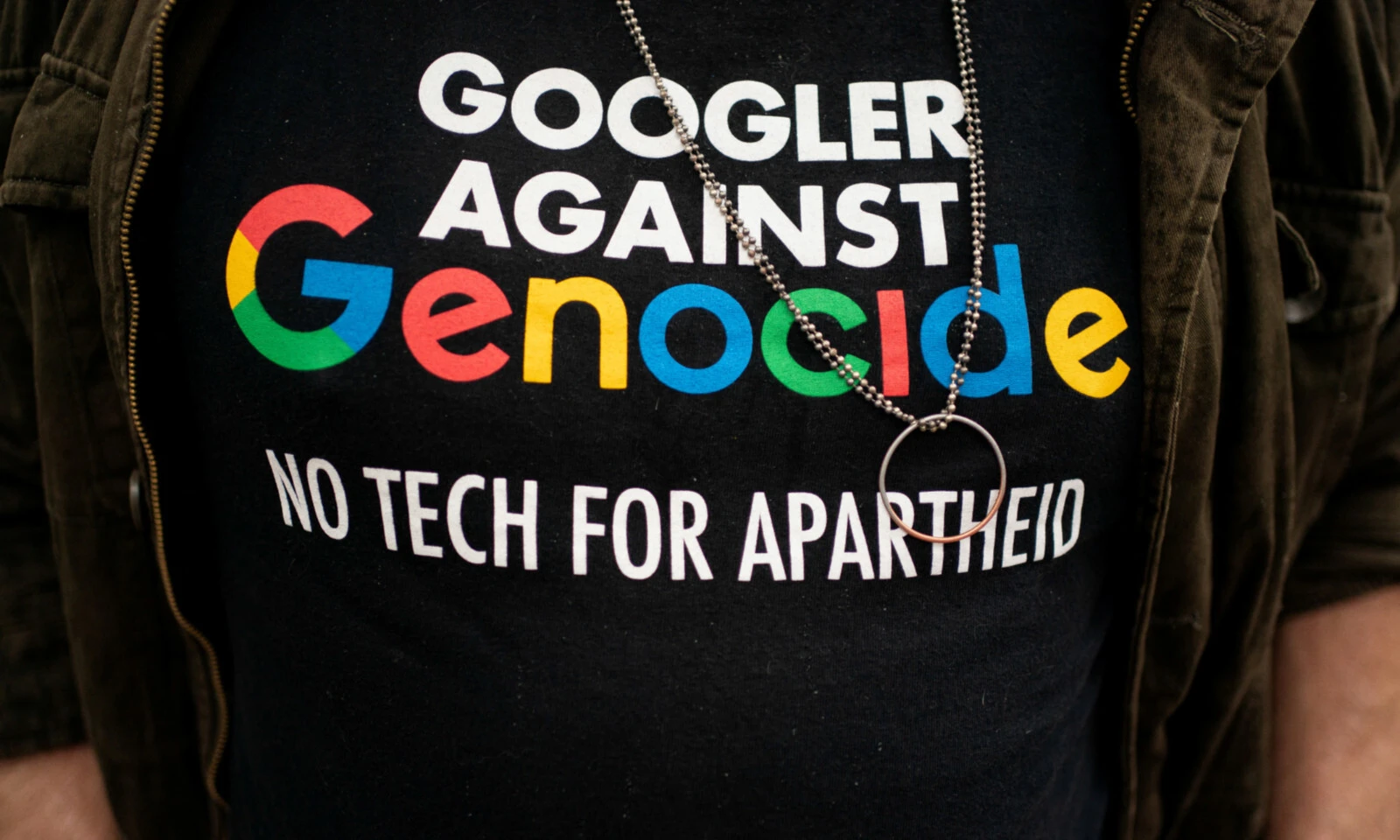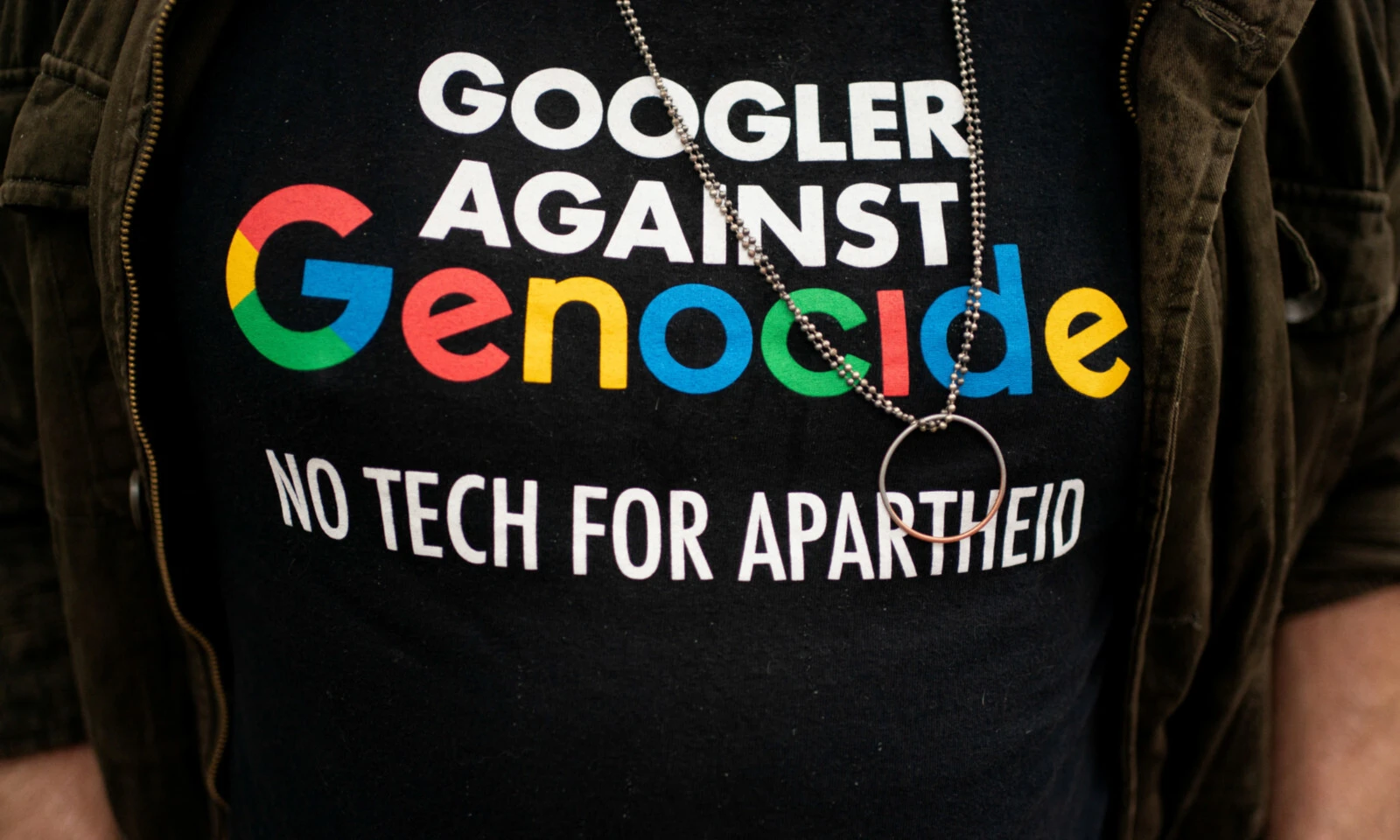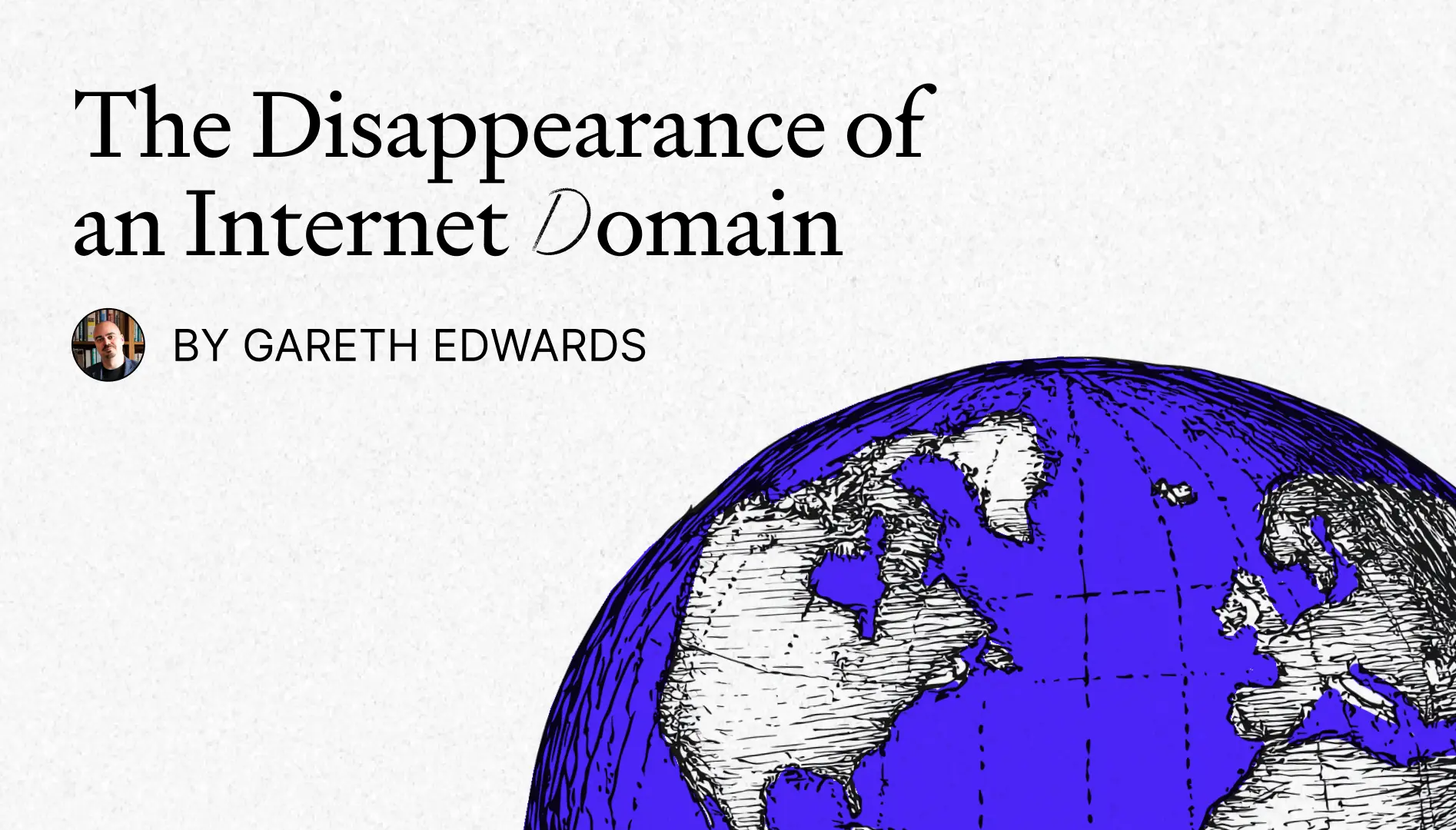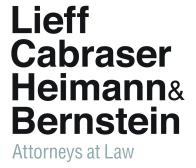$ systemd-analyze calendar tomorrow
Failed to parse calendar specification 'tomorrow': Invalid argument
Hint: this expression is a valid timestamp. Use 'systemd-analyze timestamp "tomorrow"' instead?
$ systemd-analyze timestamp tuesday
Failed to parse "tuesday": Invalid argument
Hint: this expression is a valid calendar specification. Use 'systemd-analyze calendar "tuesday"' instead?
ಠ_ಠ
$ for day in Mon Tue Wed Thu Fri Sat Sun; do TZ=UTC systemd-analyze calendar "$day 02-29"|tail -2; done
Next elapse: Mon 2044-02-29 00:00:00 UTC
From now: 19 years 4 months left
Next elapse: Tue 2028-02-29 00:00:00 UTC
From now: 3 years 4 months left
Next elapse: Wed 2040-02-29 00:00:00 UTC
From now: 15 years 4 months left
Next elapse: Thu 2052-02-29 00:00:00 UTC
From now: 27 years 4 months left
Next elapse: Fri 2036-02-29 00:00:00 UTC
From now: 11 years 4 months left
Next elapse: Sat 2048-02-29 00:00:00 UTC
From now: 23 years 4 months left
Next elapse: Sun 2032-02-29 00:00:00 UTC
From now: 7 years 4 months left

(It checks out.)
Surprisingly its calendar specification parser actually allows for 31 days in every month:
$ TZ=UTC systemd-analyze calendar '02-29' && echo OK || echo not OK
Original form: 02-29
Normalized form: *-02-29 00:00:00
Next elapse: Tue 2028-02-29 00:00:00 UTC
From now: 3 years 4 months left
OK
$ TZ=UTC systemd-analyze calendar '02-30' && echo OK || echo not OK
Original form: 02-30
Normalized form: *-02-30 00:00:00
Next elapse: never
OK
$ TZ=UTC systemd-analyze calendar '02-31' && echo OK || echo not OK
Original form: 02-31
Normalized form: *-02-31 00:00:00
Next elapse: never
OK
$ TZ=UTC systemd-analyze calendar '02-32' && echo OK || echo not OK
Failed to parse calendar specification '02-32': Invalid argument
not OK


























I think it depends which side of the debate one is on?